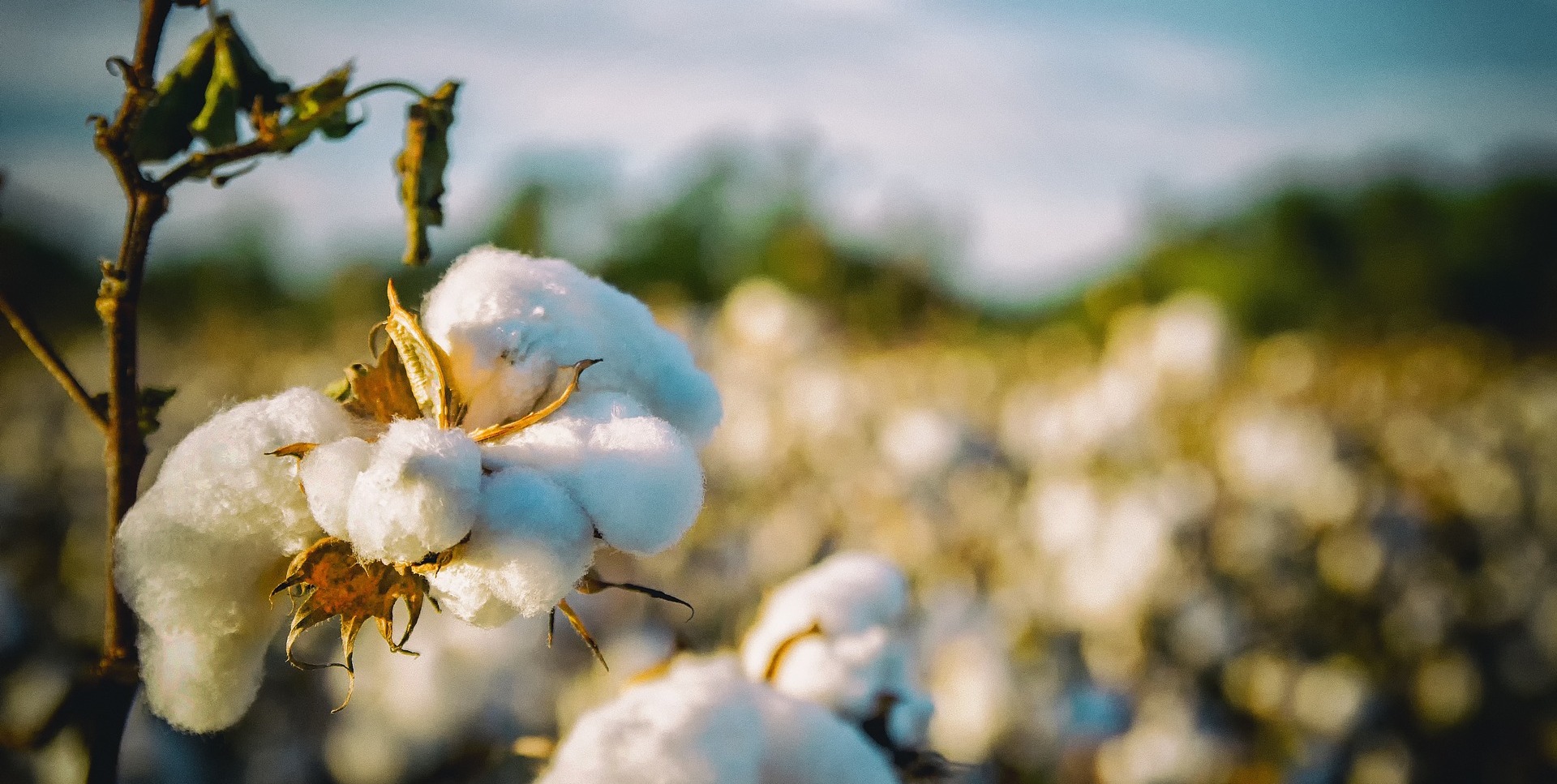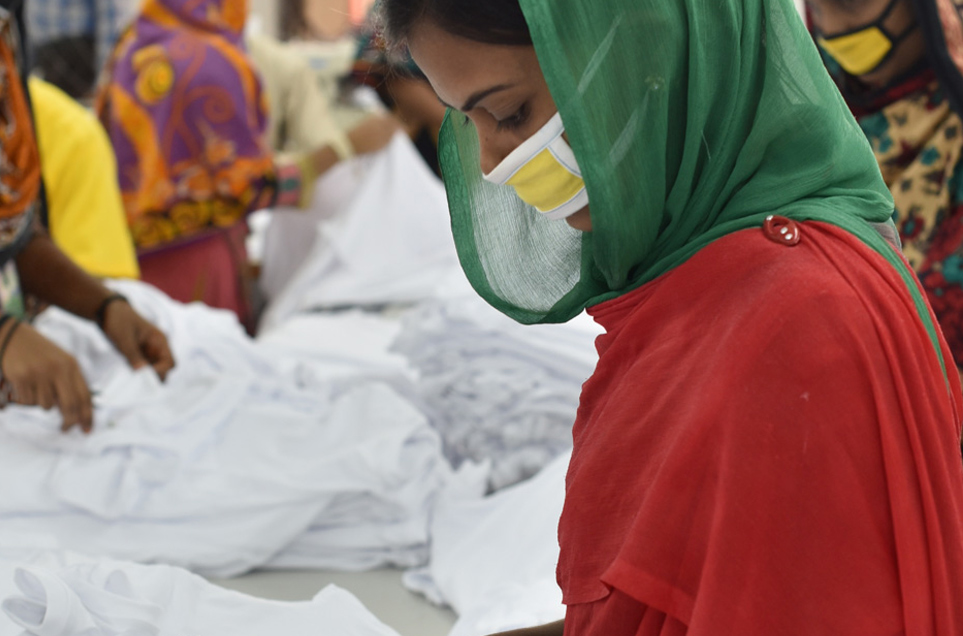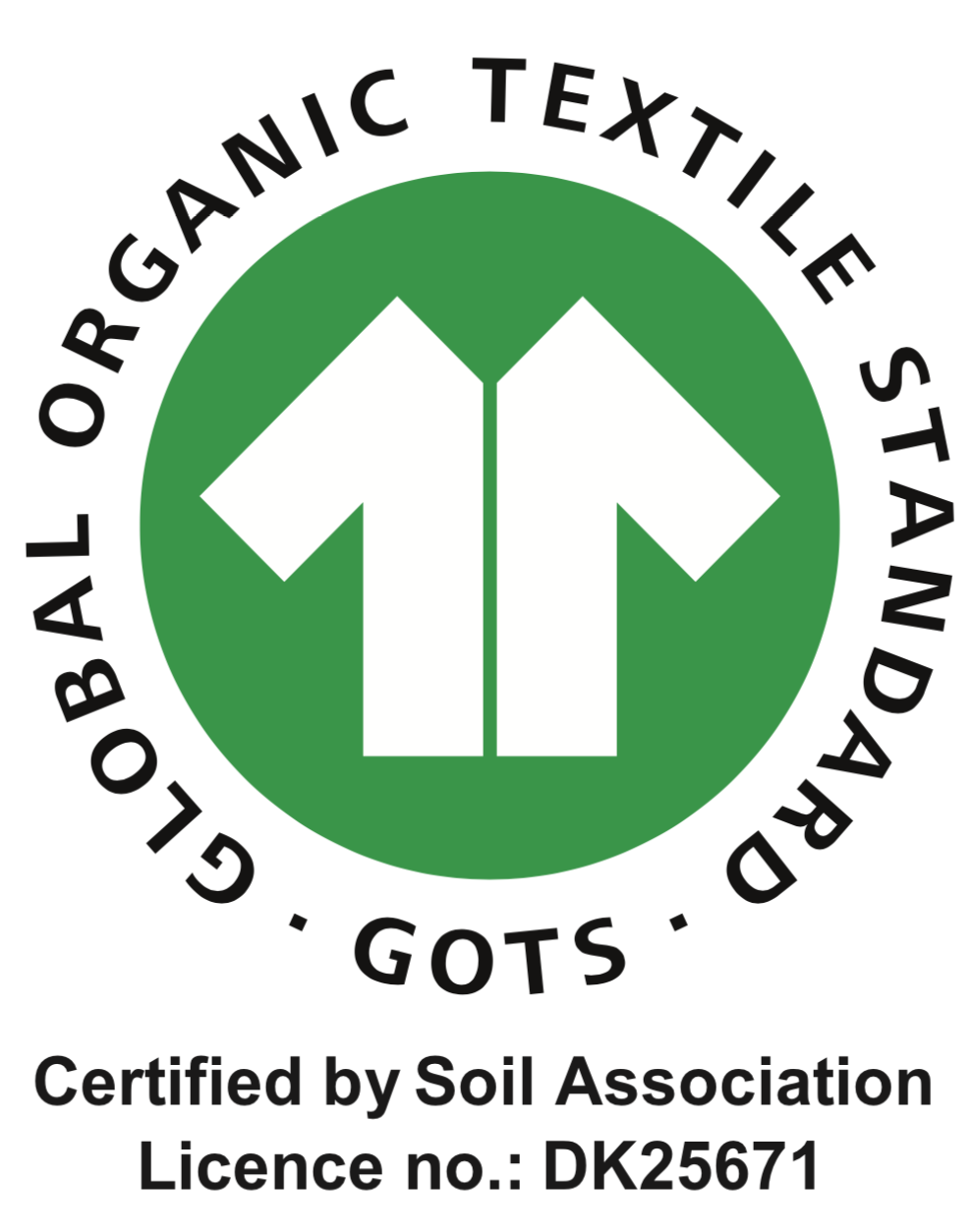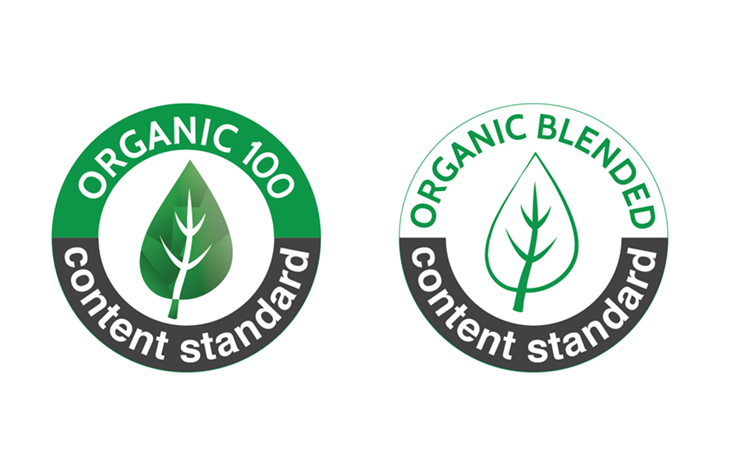Why to choose organic cotton
Cotton is a natural soft fiber growing on cotton plant and it is one of the most widely used materials in the fashion industry. A huge disadvantage of cotton is its demanding cultivation. Organic cotton is grown and processed by purely natural methods and when compared to conventional one, it is much more friendly to ecosystems and human health.

Let’s take care of our planet
A huge disadvantage of cotton is its demanding cultivation, especially its sensitivity to sufficient amount of water, pests and the right climate. To increase the yield of the harvest, various chemical processes are applied in production of conventional cotton. Most of them are very dangerous to health and natural environment.
Organic cotton is grown and processed by purely natural methods and when compared to conventional one, it is much more friendly to ecosystems and human health.
Lower water consumption
The production of one conventional cotton T-shirt requires more than 2,500 liters of water (1). This water is obtained from nearby lakes and rivers, which causes depletion of surrounding ecosystems. When growing organic cotton the process is much more environmentally friendly and production of one T-shirt takes on average 90% less water (2; 5).
Soil and water protection
 Conventional cotton production uses a large amount of pesticides, which often contain carcinogenic substances and therefore are dangerous to our health. Pesticides get into the soil and then into water sources. Although cotton is only grown on 2.5% of the world's agricultural land, it consumes 16% of all the insecticides and 6,8% of all herbicides used worldwide (3).
Conventional cotton production uses a large amount of pesticides, which often contain carcinogenic substances and therefore are dangerous to our health. Pesticides get into the soil and then into water sources. Although cotton is only grown on 2.5% of the world's agricultural land, it consumes 16% of all the insecticides and 6,8% of all herbicides used worldwide (3).
For the cultivation of organic cotton only natural, non-synthetic manure and compost without any chemical pesticides are used. There are several methods to help the soil to regenerate such as discontinuous cultivation or rotation method when cotton is followed by different crops (4).
Weeds and pests are eliminated by hand or with natural substances. Sustainable certifications also ensure that pesticides have not been used in the specific field in the past 3 years, otherwise cotton cannot be labeled as organic (5). However, this affects the yield and profitability of the harvest and therefore the price of organic cotton is higher.
Animals and biodiversity
Cultivation of conventional cotton fundamentally disrupts surrounding ecosystems due to hazardous chemicals. By choosing cotton from organic farms we support the preservation of biodiversity and cleaner water for the surrounding nature. Organic farms also provide homes for many animals such as bees, butterflies and birds. Their diversity and abundance on organic farms is on average 50% higher and there are about 75% more bees (6).
Health protection - farmers' and ours
 Toxic substances used in the cultivation and processing of conventional cotton have a devastating effect on the health of farmers and other garment workers. Chemicals easily get on the skin and by breathing into the body. According to WHO, over 20,000 people die each year because of the pesticides use (7). These chemicals also pollute drinking water for local people.
Toxic substances used in the cultivation and processing of conventional cotton have a devastating effect on the health of farmers and other garment workers. Chemicals easily get on the skin and by breathing into the body. According to WHO, over 20,000 people die each year because of the pesticides use (7). These chemicals also pollute drinking water for local people.
The chemical production of cotton does not only negatively affect people who made the clothes, but also ourselves. Cotton crops absorb more than 16% of the pesticides used worldwide and together with other bleaching substances and toxic colours get into our body and damage our skin (8).
Organic certifications ensure that the entire process from cultivation, through processing to finishing such as dyeing is natural. By choosing organic cotton we support a healthy environment for those who process it for us and we also take care of ourselves.
Fair living wages and working conditions
 Conventionally produced cotton textile and its lower price are often paid for by terrifying working conditions. Farmers work with a very low margin and sometimes they are unable to cover their costs which results in endless cycle of debts. Employees are forced to work in an unhygienic environment, they lack protective equipment, the number of working hours is unbearable and child labour is no exception (9).
Conventionally produced cotton textile and its lower price are often paid for by terrifying working conditions. Farmers work with a very low margin and sometimes they are unable to cover their costs which results in endless cycle of debts. Employees are forced to work in an unhygienic environment, they lack protective equipment, the number of working hours is unbearable and child labour is no exception (9).
Sustainability certification authorities control that during the whole processing ethical standards are followed and employees are treated well by providing a safe working environment, working reasonable hours and receiving a fair living wage (higher than the minimum wage). By choosing certified organic cotton, we ensure that people on the other side of the world live and work in safer and healthier environment (10).
Sustainable certifications
The term “organic cotton” is sometimes misused or the product contains only a small percentage of organic cotton and the rest is conventional one. So how to be sure that the whole production process of certain product has been in line with sustainable principles and is really safe? Look for sustainable certifications! The whole process is checked by certification bodies for you and it will make your purchasing decision easier!
 GOTS (Global Organic Textile Standard) is currently the most recognized and worldwide respected certification, which ensures that high ecological and ethical standards are monitored throughout the entire production process, from cultivation, processing to finishing and packaging (10).
GOTS (Global Organic Textile Standard) is currently the most recognized and worldwide respected certification, which ensures that high ecological and ethical standards are monitored throughout the entire production process, from cultivation, processing to finishing and packaging (10).
 OCS (Organic Content Standard Certification) guarantees that all organic standards have been met during the production of the product and that the product contains a certain minimum amount of organically grown material (11).
OCS (Organic Content Standard Certification) guarantees that all organic standards have been met during the production of the product and that the product contains a certain minimum amount of organically grown material (11).
GOTS and OCS certifications are among the most recognized. However, there are many other certificates that differ in their focus (eg. Fair Wear, which ensures safe working environment and fair wages for employees) or the complexity of production process requirements. It is therefore important to always check what a particular certification guarantees and how reliable it is.
So why choose organic cotton? Not only we can feel good that we have not unnecessarily increased our ecological footprint, but it is also a way to be more considerate of other people and of ourselves.
Choose organic cotton and be a part of building a better future 💚
Sources:
(1) Ethical Consumer. Available online.
(2) About Organic Cotton. Environmental benefits. Available online.
(3) Andrea Bischof and Stefanie Kägi. How to go organic: Organic cotton sourcing guide. Helvetas Swiss Intercooperation.
(4) Textile Exchange: Quick Guide to Organic Cotton. Available online.
(5) Textile Exchange: Transition Cotton Challenge. Available online.
(6) Soil Association. Why organic. Available online.
(7) United Nations University. Monsanto’s Cotton Strategy Wears Thin. Available online.
(8) Stanley/Stella – Our Commitment for a more sustainable world
(9) Sustain Your Style. Most of our clothes are made in places where workers’ rights are nonexistent. Available online.
(10) GOTS
(11) OCS

